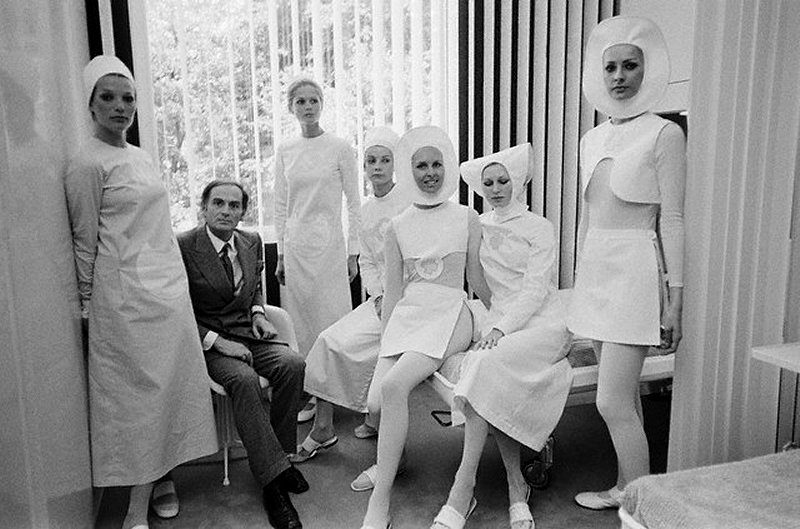Gene-editing technologies have some short-term concerning applications and other truly chilling long-term ones, but the creation of “designer babies” or any other human enhancement on that level isn’t part of our immediate future. That isn’t because of a paucity of will to use these miraculous new tools in this direction, but as David Epstein pointed out when he published The Sports Gene is 2013 and Pam Belluck of the New York Times reminded earlier this month, we know far too little about how genes control traits to alter humans in such a profound way. Some believe we’ll never quite understand the process and interactions, though I’m sure we eventually will.
In the meanwhile, we need to discuss CRISPR and its vast implications, especially since such powerful tools will likely find their way into many hands outside traditional laboratories. From Megan Molteni’s smart Wired report about the refreshing diversity found at CRISPRcon:
On Wednesday and Thursday, the University of California, Berkeley welcomed about 300 people—scientists, CEOs, farmers, regulators, conservationists, and interested citizens—to its campus to take a hard look at the wünderenzyme known as Cas9. They discussed their greatest hopes and fears for the technology. There were no posters, no p-values; just a lot of real talk. You can bet it was the first Crispr conference to sandwich a Cargill executive between a septagenarian organic farmer and an environmental justice warrior. But the clashing views were a feature, not a bug. “When you feel yourself tightening up, that’s when you’re about to learn something,” said moderator and Grist reporter, Nathanael Johnson.
Which, to be honest, was totally refreshing. Serious conversations about who should get to do what with Crispr have been largely confined to ivory towers and federal agencies. In February the National Academy of Sciences released a report with its first real guidelines for Crispr, and while it suggested limitations on certain applications—like germline modifications—it was largely silent on questions outside of scientific research. What sorts of economies will Crispr create; which ones will it destroy? What are the risks of using Crispr to save species that will otherwise go extinct? Who gets to decide if it’s worth it? And how important is it ensure everyone has equal access to the technology? Getting a diverse set of viewpoints on these questions was the explicit goal of CrisprCon.
Why was that important? Greg Simon, director of the Biden Cancer Initiative and the conference’s keynote speaker, perhaps said it best: “Crispr is not a light on the nation, it’s a mirror.” In other words, it’s just another technology that’s only as good as the people using it.
Panel after panel took the stage (each one, notably, populated with women and people of color) and discussed how other then-cutting-edge technologies had failed in the past, and what history lessons Crispr users should not forget. In the field of conservation, one panel discussed, ecologists failed to see the ecosystem-wide effects of introduced species. As a result, cane toads, red foxes, and Asian carp created chaos in Australia and New Zealand. How do you prevent gene drives—a technique to spread a gene quickly through a wild population—from running similarly amok?•
Tags: Megan Molteni

